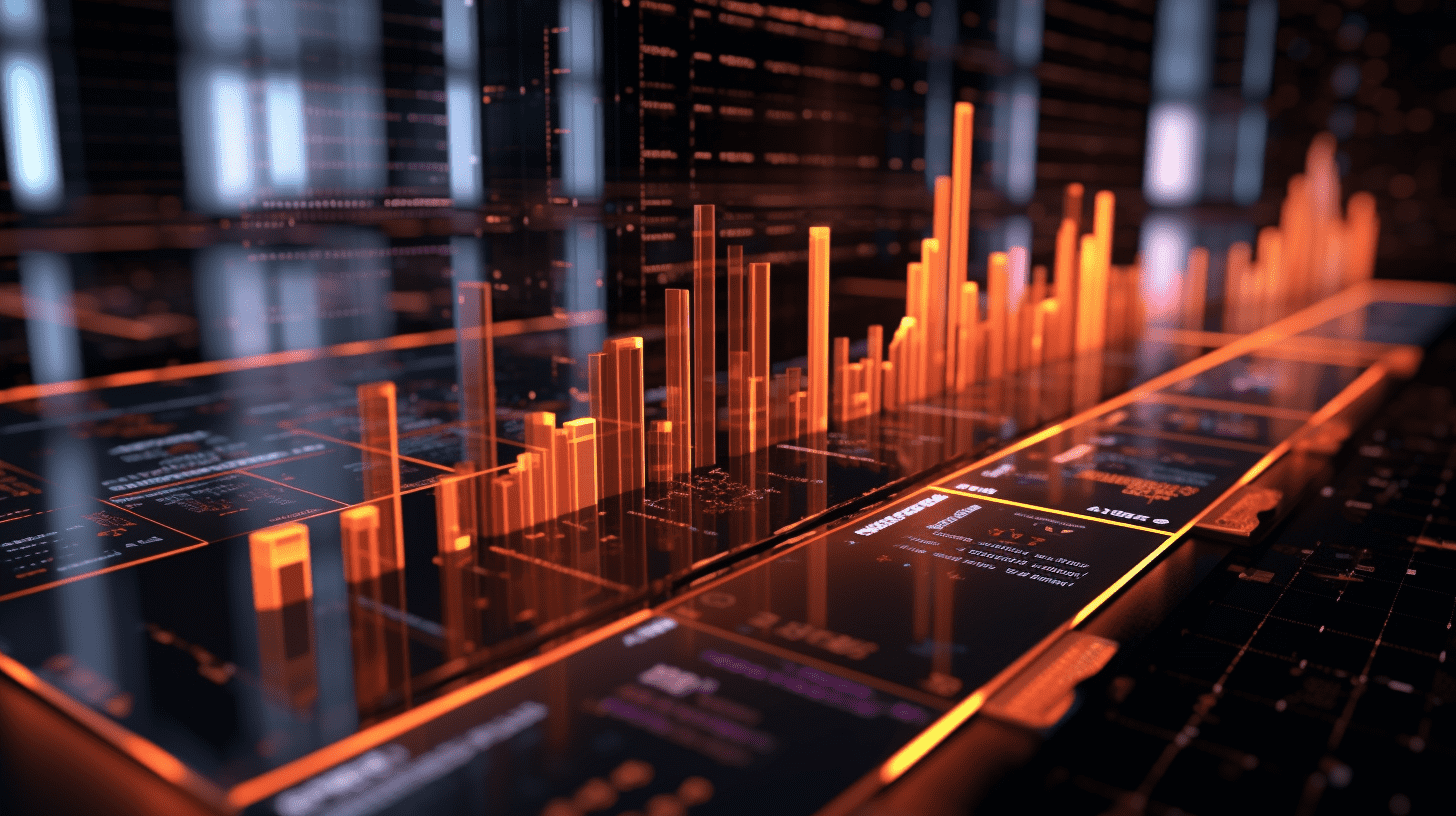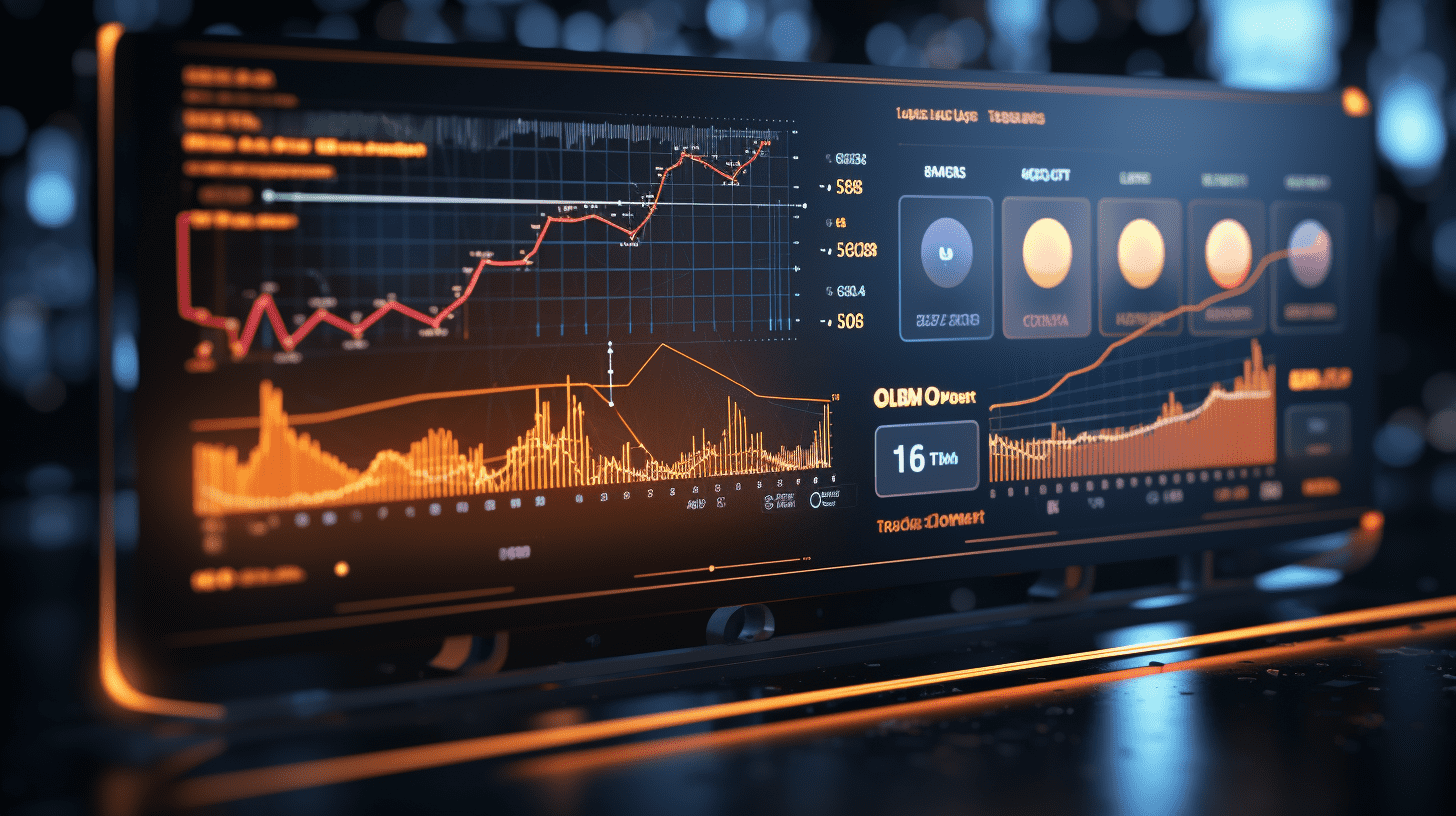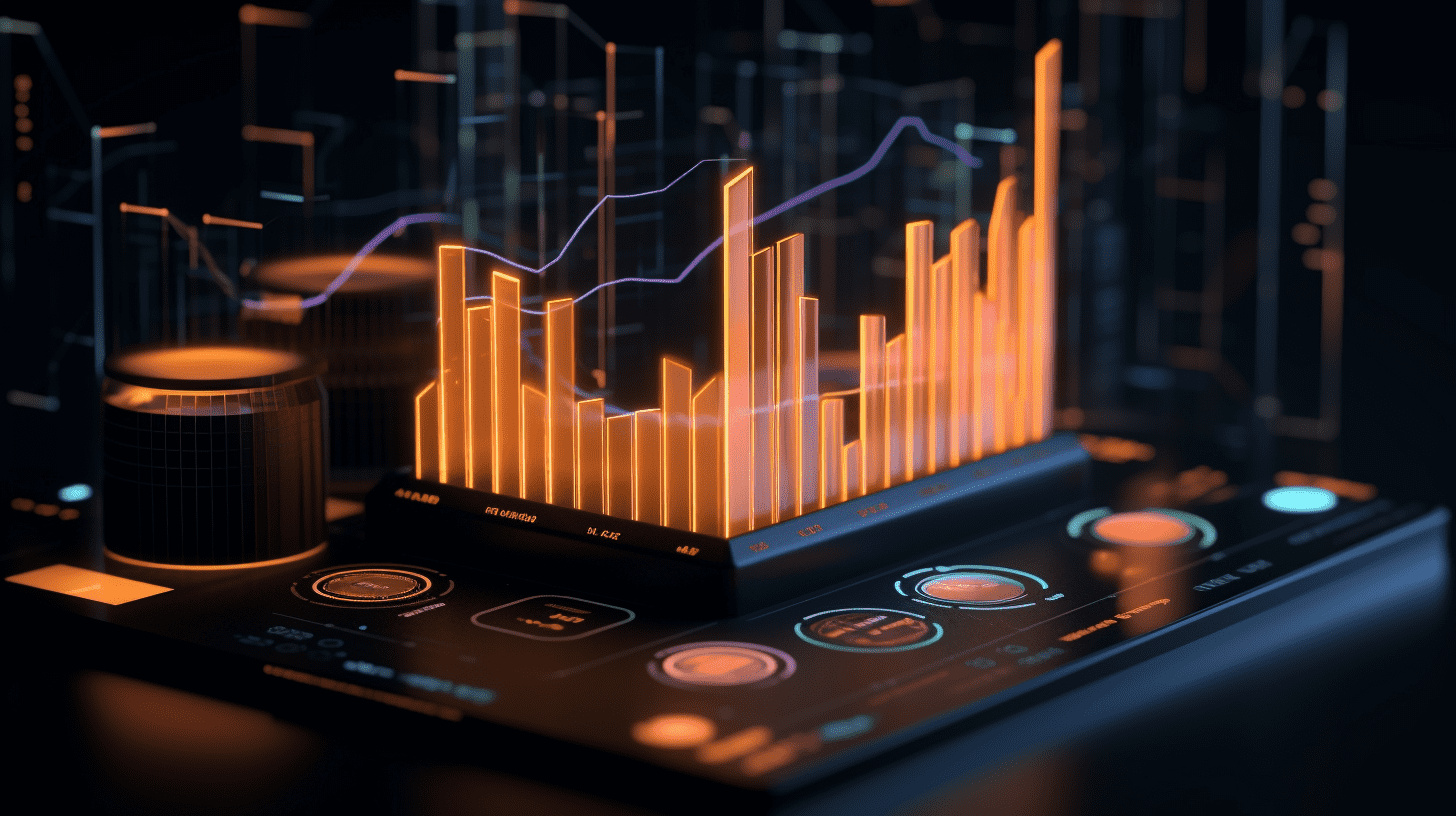Beat the slim version of iPhone 17 to hit the market! Samsung has released the S25 Edge, priced at $1099, opening the wave of slim smartphones.
Samsung Electronics has launched a new flagship ultra-thin model, the Galaxy S25 Edge smartphone, with a thickness of 5.8mm and weight of 163 grams, which is about 30% thinner and 25% lighter than the S25 Ultra.
,
Samsung Electronics launched a super-thin version of the Galaxy S25 Edge AI smartphone on Monday, kicking off the prelude to a wave of ultra-thin AI smartphones that are expected to be released this year.
This latest smartphone device will be available in the US market on May 30th, with a price tag of up to $1,099. It has a thickness of only 5.8 millimeters and weighs 163 grams, thinner by about 30% and lighter by about 25% compared to the company's highest-end model, the S25 Ultra. This new smartphone has a similar weight to the base model S25, but features a higher-end titanium metal frame, a 200-megapixel rear camera, and Samsung's most advanced artificial intelligence features.
"We are amazed at the weight reduction and thinness achieved with this smartphone device." Blake Geze, head of smartphone product management for Samsung Electronics America, said in an interview on Monday. "Over the past few years, we have heard from our customers that they value weight and feel of holding the phone. As smartphones have become larger and heavier, they have been looking for a product that can almost 'disappear' in their pockets."
The unveiling of this smartphone comes a few months before the anticipated release of the thin version of the iPhone 17 model, the iPhone 17 Air, as reported by insiders. It is revealed that the iPhone 17 Air will be the "thinnest smartphone ever", with a thickness smaller than the ultra-thin version of the Galaxy S25 Edge, and is planned to only feature a single camera, while the new Samsung Edge model has two rear cameras.
Geze expressed confidence that "our customers and others will find the S25 Edge very attractive for purchase." Samsung had teased this new smartphone in January, but did not reveal specific specs, prices, or release dates.
This smartphone features a 6.7-inch high-definition screen, the same size as the S25 Plus screen, with up to 12GB of RAM and storage options of 256GB and 512GB. Priced at $1,099, it is $100 more expensive than the Plus model and $200 cheaper than the Ultra model. Samsung's management said that the tech giant always planned to launch this model at this price point and emphasized that the tariff policy of the Trump Administration was not a core consideration in this case.
In terms of Samsung Electronics' core manufacturing bases, the locations where the company produces smartphone devices for the US market are in South Korea, Vietnam, and India, rather than in China where Apple has long produced most of its smartphones.
However, in order for this device to become one of the thinnest smartphones in the industry, some important trade-offs are still needed: the S25 Ultra has a larger 6.9-inch screen and supports the S Pen stylus. The main selling point of the thin S25 Edge smartphone is that it does not have the 1TB storage option that is usually the largest capacity and the telephoto lens used for optical zoom. Considering that the consumer base buying this smartphone may prioritize design, they may not be too concerned about the basic camera specs but may worry about battery life and endurance.
A smaller body space means it's difficult to accommodate a larger battery, which may affect single charge endurance and usage time, although Samsung claims that the S25 Edge supports all-day battery life. Its built-in battery capacity is about 3,900mAh, compared to 4,000mAh for the base model S25 and 5,000mAh for the S25 Ultra. Samsung said that AI optimization features embedded in the software would allow the battery life of this smartphone model to exceed last year's entry-level Galaxy S24 model.
The S25 Edge was originally scheduled to debut in April but was delayed due to changes in Samsung Electronics' leadership. In March of this year, Han Jonghee, co-CEO in charge of the company's consumer electronics business, unexpectedly had a heart attack and passed away.
The success of the S25 Edge is crucial for Samsung Electronics' performance itself, as its key semiconductor business has underperformed in recent years. The strong sales of the Galaxy S25 series in the first quarter helped offset the decline in the semiconductor business. At last month's earnings call, Samsung executives said they planned to drive growth through flagship versions of smartphones as the company navigates global challenges brought about by changes in tariff policies and economic uncertainties.
Nearly twenty years ago, when the first generation of smartphones like the iPhone was released, major manufacturers competed to release thinner phones than their competitors. This was a key marketing point for older devices like the iPhone 6. However, in recent years, smartphone companies have abandoned this classic strategy and instead focused on improving battery life, enhancing cameras, and incorporating more powerful smartphone processors. Now, Samsung and Apple are moving in the opposite direction at least using these ultra-thin smartphone models as potential alternatives to their flagship products.
According to the presentation, the Galaxy S25 Edge priced at $1,099 will be available in three colors: black, silver, and blue, and will not be secured with anti-theft cables on retail store shelves like other high-priced consumer electronic devices. Instead, Samsung plans to use its so-called secure adhesive on the smartphone, which will hardly increase the weight and dimensions of the phone. Geze said that potential buyers can experience this super-thin AI smartphone product in their hands and pockets as if they truly own it.
AI the core DRIVE of the new upgrade cycle
Currently, leading global smartphone hardware manufacturers such as Samsung Electronics and Apple are embracing breakthrough technologies like AI large models, which can run offline with unparalleled inference performance, and are driving the next generation of smartphone upgrades.Powerful AI large models are implanted into the next generation of devices, creating the so-called "AI smartphones". Compared to using cloud-based AI large models that rely solely on cloud computing power, local large models on the edge side can allow smartphone users to use products such as ChatGPT more efficiently, conveniently, and securely. Additionally, with the help of edge AI, it is possible to achieve a more personalized "personal AI assistant" that better meets the individual needs of users.Research agency Canalys released a research report showing that the agency predicts that by 2024, around 16% of the global smartphone shipments will be AI smartphones, and by 2028, this proportion is expected to exponentially increase to 54%. The compound annual growth rate (CAGR) of the AI smartphone market size from 2023 to 2028 is estimated to reach 63%, mainly driven by strong consumer demand for enhanced features such as AI assistants and edge-side automation processing. This shift is expected to first appear in high-end smartphone models, and then gradually be adopted by mid-range smartphones, reflecting the trend of edge-generated AI as a more pervasive advanced technology permeating the overall smartphone market.
A research report from Morgan Stanley AlphaWise shows that the average American consumer is willing to pay $9.11 per month for unlimited use of Apple Intelligence, an 11% increase from the data obtained in September 2024. Additionally, the survey also indicates that close to 42% of respondents believe that the next generation of iPhone having Apple Intelligence functionality is extremely or very important; among users who may switch to a different iPhone in the next 12 months, this proportion reaches 54%.
Goldman Sachs' analysis team stated that a new wave of replacement cycles driven by Apple Intelligence has quietly begun, which is expected to lead Apple's performance into a significant upward trajectory since the second half of the year. Goldman Sachs predicts that market sentiment may significantly improve by mid-year, with the focus of financial markets shifting from tariff policies to the new generation of iOS system to be released before the end of the year, as well as the more powerful features of the updated and iterated "Apple Intelligence" function module, and the upcoming iPhone 17 series to be released in fall 2025. These factors are expected by Goldman Sachs to drive bullish sentiment towards Apple's stock price and the entire "fruit chain" market.
Related Articles

Bitcoin is entering a parabolic uptrend phase, is this round headed for a peak of $150,000?

Hong Kong Financial Services and Treasury Bureau: Hong Kong-Dubai financial technology exchanges have brought substantive results.

High interest feast is over! financial technology companies face a major test of their "survival mode"
Bitcoin is entering a parabolic uptrend phase, is this round headed for a peak of $150,000?

Hong Kong Financial Services and Treasury Bureau: Hong Kong-Dubai financial technology exchanges have brought substantive results.

High interest feast is over! financial technology companies face a major test of their "survival mode"

RECOMMEND

Sino-US trade consensus ignites a stock market rally! Nasdaq returns to a bull market, "Buy America" sweeps the globe again.
13/05/2025

China and the United States temporarily suspend the imposition of tariffs for 90 days, freight volume surges again, and companies start a "freight rush".
13/05/2025

Powell Strikes a Hawkish Pose! Bond market rate cut dreams shattered, traders urgently reshuffling positions.
12/05/2025


